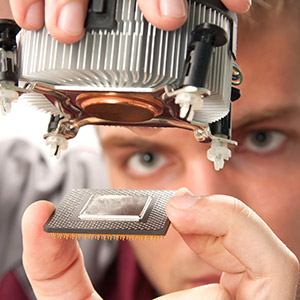Expertise
Not all UV systems are created equal. There are substantial differences in performance that depend on how lamps and ballasts are matched. Advanced UV demonstrates this distinction by developing the industry’s most effective lamp and ballast combinations.
Pure Data
Several elements contribute to the amount of UV output. The lamp type as well as the operating condition of each lamp influences the optimization levels in which it will perform. UV light is also affected by the temperature, the transmission of the fluid, and the construction material of quartz sleeves. Each of these factors impacts the UV intensity output, and can vary as much as 30% or more. By understanding the components and its effects on UV output, we are able to calculate actual lamp intensity, thus allowing for a more efficient design for each application.
Advanced UV helps companies meet their water quality standards for a variety of industries and applications by focusing on our 3 priorities:
Research & Development
Performance & Quality
Knowing actual lamp intensity in water applications allows us to design the most efficient systems. Our low-pressure, high-intensity lamps with matched electronic ballasts produce some of the highest intensity levels available.

Water vs. Air
Advanced UV’s performance data is based on measurements of lamp output in water. Calculations are actual and not interpolated. Applying real data allows us to design matched lamps and ballasts that optimize UV output. As a result, there is a significant difference compared to off-the-shelf electronic ballasts.
Explore the industries we serve.
